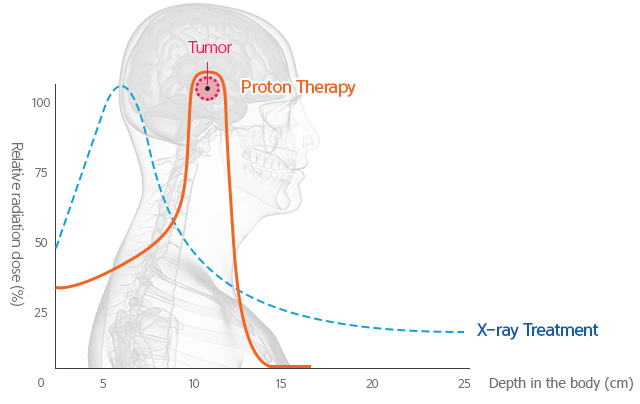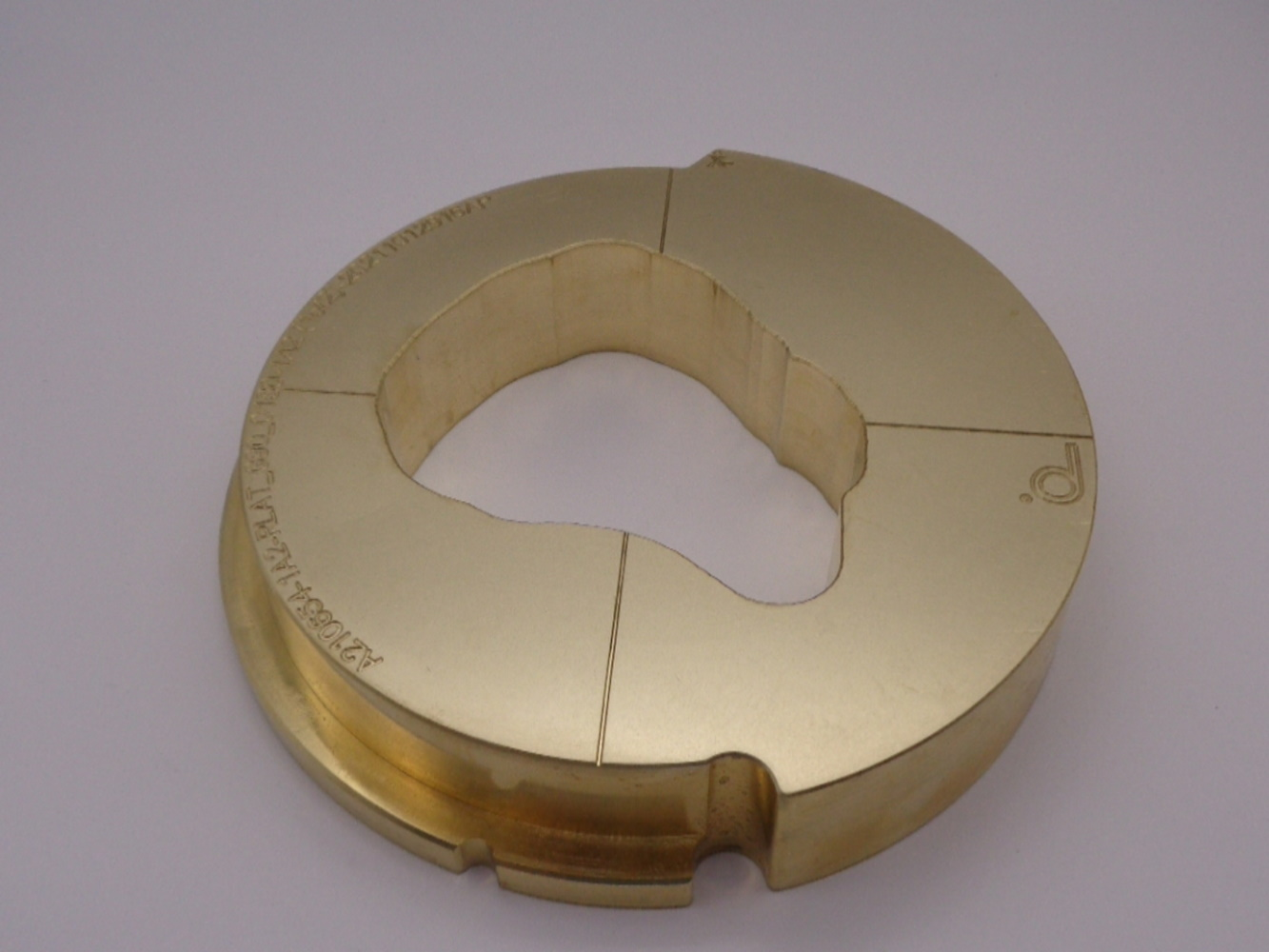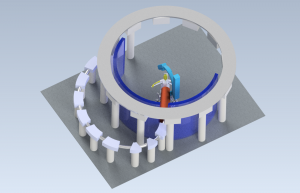Part 7. Particle Therapy (mostly proton)
1/27
There's no tags or description
Looks like no tags are added yet.
Name | Mastery | Learn | Test | Matching | Spaced |
|---|
No study sessions yet.
28 Terms
What type of particle is most commonly used for particle external beam therapy?
Proton
One significant advantage of protons compared with photons is that
protons have a limited range in the patient
The region of high-dose at the end of a particle(s) range:
Bragg Peak
What is the name of the peak of maximum dose for particle therapy?
Bragg Peak
The term for a particle therapy where the dose is rapidly peak and then fall off the near zero (it’s a different wording from a previous question related to what can be referred to as the “DMAX depth” for particle therapy):
Bragg Peak
The following graphic, with respect to the 12C ions, relates to:
Heavy particle beam treatment
Bragg Peak
Peacock effect
DVH
none of these Is correct
Bragg Peak
Proton therapy range can typically be predicted to within what distance?
1mm

The maximum energy for proton therapy can be spread out through the use of a device called a__________. __________ that spreads out the dose.
range modulator wheel
What is the device used to spread out the maximum dose for particle (the proton) therapy?
range modulator wheel
Two types of machines that can be used to produce a therapeutic proton beam.
Cyclotron
Synchrocyclotron (aka synchrotron)
What type of machine is better, and that’s more commonly used, to produce a therapeutic proton beam?
Synchrocyclotron (aka synchrotron)
What is the typical energy range for therapeutic proton beams? _____ Mev --_____ MeV
50-150 MeV
Why is it that ultra high energy proton beam’s do not result in a high exit dose for the patient?
Due to the size of the protons. They are so big (relatively speaking) that they simply do not penetrate nearly as deep in tissue- even with higher energies
What are the two types of proton therapy?
Passively Scattered Proton Therapy (PSPT)
Pencil Beam Scanning (PBS)
Uniform Scanning
Non-Uniform Scanning (aka IMPT)
What do the initials PSPT stand for?
Passively Scattered Proton Therapy (PSPT)
What do the initials PBS stand for with respect to proton therapy?
Pencil Beam Scanning (PBS)
Most new proton centers utilize what type of theme (either PSPT or PBS)?
PBS: Proton Beam Scanning
Why is the compensator for proton therapy “smeared?”
To modify the design so that he can take into account internal motion and set up error
FYI: In PSPT, the dose is confirmed to the shape of the tumor with the use of an acrylic or wax compensator. “Smearing” / “border smoothing” is when you tweak the compensator after shaping it, to take into account the internal motion of the tumor (e.g. breathing) and set up uncertainties.
What is the most common material used for collimating the dose for passive scattered particle therapy?
Brass aperture’s (most common)
FYI: MLCs (also used but not as common)

What is the term used to describe the PSPT approach to treat complex tumor shapes by matching two fields together based on their penumbra?
patch planning
This type of PBS system delivers a uniform dose distribution throughout the tumor.
Uniform Scanning
Type of PBS proton therapy system delivers a non-uniform modulation of dose
Non-Uniform Scanning
This type of PBS proton therapy system is analogous to IMRT for typical photon treatment
Non-Uniform Scanning
What does IMPT stand for?
Intensity Modulated Proton Therapy
(Aka for Non-Uniform Scanning PBS)
What is the RBE for proton therapy? DOUBLE CHECK
Protons have an RBE value of 1.1
Relative Biological Effectiveness
True or false: proton therapy gantries are typically able to have some degree of rotation.
True (but they require a large cable system with large magnets)
A type of proton therapy gantry system that is of smaller design and more feasible with respect to rotational ability:
Small Footprint

Imaging for proton therapy prior to treatment delivery often occurs in. a separate room utilizing how many KV x-ray units?
3